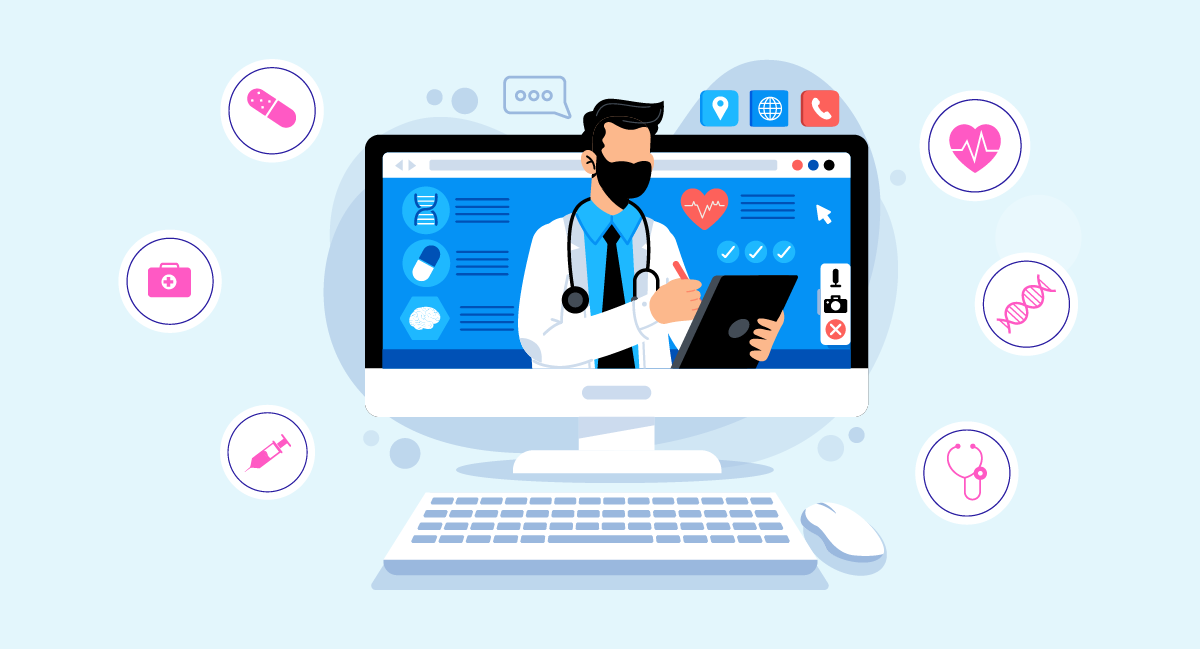Key Modules in a Hospital Information Management System.
January 29, 2024Hospital Information Management Systems (HIMS) are complex systems that manage and integrate various functions and processes within a hospital. Some of the key modules that are commonly found in a HIMS include:
Electronic medical record (EMR) module:
This module stores and manages patient medical records, including demographics, diagnoses, medications, treatment plans, test results, and other clinical information.
Clinical Decision Support (CDS) module:
This module provides clinical guidance and alerts to healthcare providers based on best practices, guidelines, and patient data.
Order entry and management module:
This module allows healthcare providers to place orders for tests, medications, and other treatments and tracks the status of those orders.
Scheduling module:
This module manages appointments and schedules for patients and healthcare providers.
Billing and revenue management module:
This module handles billing and payment processing for patients and insurance companies.
Laboratory information system (LIS) module:
This module manages and tracks laboratory test orders, results, and reports.
Radiology information system (RIS) module:
This module manages and tracks radiology orders, images, and reports.
Pharmacy information system (PIS) module:
This module manages and tracks medications, including prescribing, dispensing, and administering.
Supply chain management module:
This module manages the procurement, inventory, and distribution of supplies and equipment.
Financial management module:
This module handles budgeting, accounting, and other financial functions for the hospital.
Clinical documentation module:
This module allows healthcare providers to document patient encounters, including progress notes, discharge summaries, and other clinical documentation.
Population health management module:
This module helps hospitals track and manage the health of specific patient populations, such as those with chronic diseases or at high risk for certain conditions.
Care coordination module:
This module helps hospitals coordinate care across different departments and providers, including referrals, transitions of care, and follow-up appointments.
Patient portal module:
This module provides patients with secure online access to their medical records, test results, appointment schedules, and other information.
Data analytics module:
This module allows hospitals to analyze and interpret data from various sources, such as EHRs, claims data, and quality metrics, to identify trends, patterns, and opportunities for improvement.
Remote monitoring module:
This module enables hospitals to remotely monitor the health of patients, such as through the use of wearable devices or home-based monitoring systems.
Telemedicine module:
This module allows hospitals to provide virtual healthcare services, such as consultations, diagnoses, and treatments, through videoconferencing and other remote technologies.
Medical image management module:
This module manages and stores medical images, such as X-rays, CT scans, and MRIs, and makes them available to healthcare providers for diagnosis and treatment.
Overall, SoftClinic GenX HIMS is designed to support the efficient and effective delivery of healthcare by automating and integrating various hospital functions and processes. Some HIMS systems may have a wider range of modules, while others may have a more focused set of capabilities.

